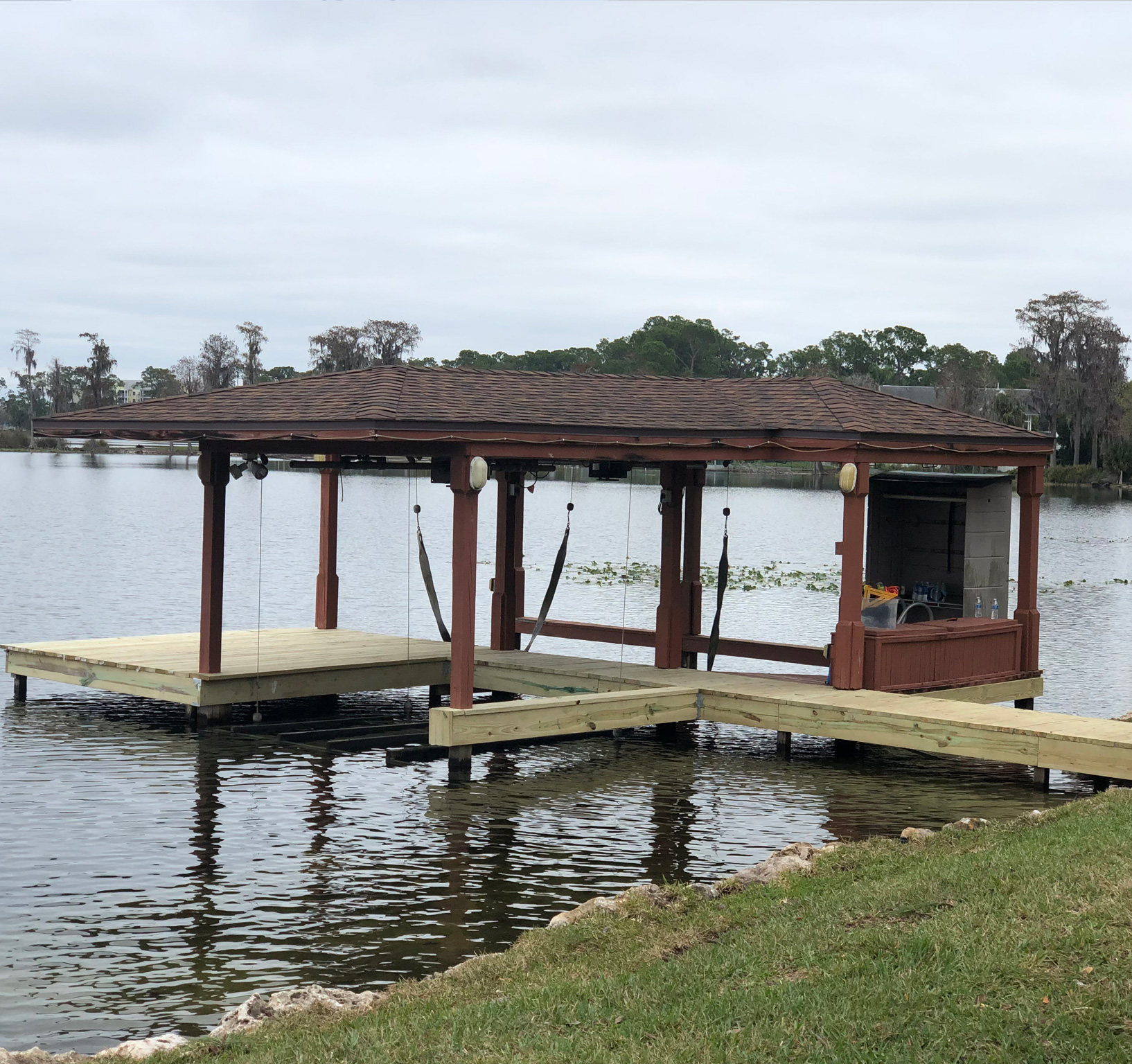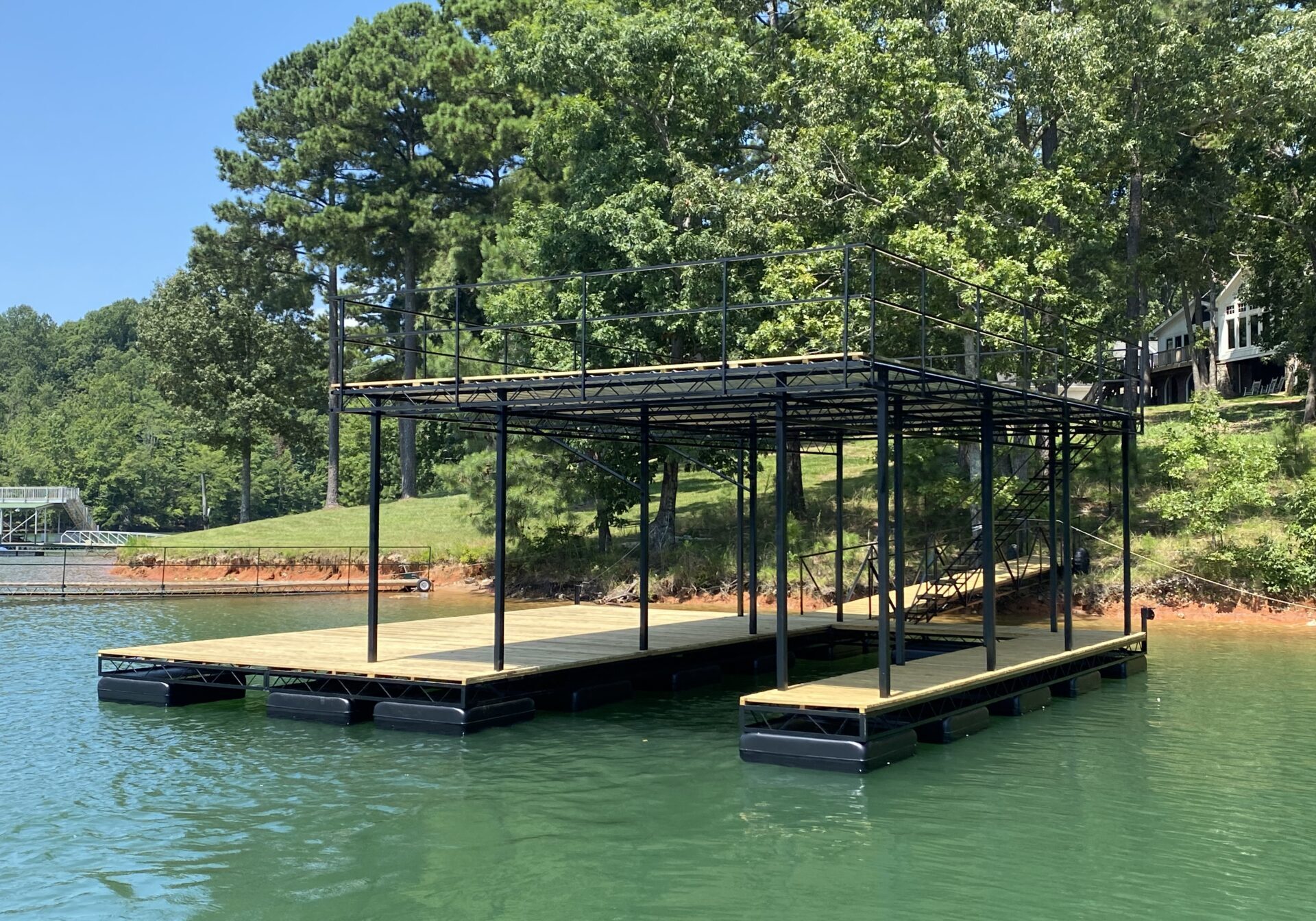DIY Tips for Simple Dock Repairs You Can Take Care Of
DIY Tips for Simple Dock Repairs You Can Take Care Of
Blog Article
Reliable Dock Fixing Techniques: Ensuring Structural Stability
Guaranteeing the structural stability of docks through efficient repair work methods is paramount for the longevity and safety of marine centers. This entails a multi-faceted strategy beginning with detailed assessments making use of innovative technologies like sonar equipment and remotely ran lorries (ROVs) to detect both noticeable and hid damages. Subsequently, selecting the appropriate fixing products, such as corrosion-resistant alloys and composite products, is important for sturdiness. Architectural reinforcement methods, including the execution of cross-bracing systems and load-distribution plates, play a crucial function in mitigating stress factors. Nevertheless, the importance of these methods becomes obvious when exploring sophisticated fixing techniques and preventative maintenance approaches.
Assessing Dock Damage
Analyzing dock damages is a crucial first step in making sure the architectural honesty and safety and security of any kind of docking center. Trick facets to check out consist of the dock's structure, pilings, outdoor decking, and equipment (Dock Repairs).
Architectural designers or certified examiners typically perform these analyses using specialized tools and techniques. Undersea examinations may use sonar equipment or remotely ran lorries (ROVs) to find immersed damage. Above water, aesthetic assessments are matched by utilizing moisture meters and various other analysis tools to reveal underlying concerns not promptly noticeable to the naked eye.

Choosing Fixing Materials
Picking the proper repair service products is a crucial action in the dock repair process, one that directly affects the long life and performance of the repaired framework. Product choice need to be driven by elements such as environmental problems, load-bearing needs, and compatibility with existing dock parts.
Along with wood, composite materials are significantly prominent as a result of their resilience and low upkeep requirements. Composites, generally made from a mix of plastic and timber fibers, offer superb resistance to rot, bugs, and UV damage. For metal anchors, picking corrosion-resistant alloys such as galvanized steel or marine-grade aluminum is important to prevent corrosion and ensure architectural stability in saline water conditions.
Epoxy resins and marine-grade sealers are essential for fixing cracks and sealing joints, giving a waterproof obstacle and enhancing the dock's total strength. By carefully picking top quality products, dock fixings can achieve resilient outcomes, therefore guarding against future deterioration and guaranteeing safe, reliable use.
Architectural Reinforcement Methods
Effective architectural reinforcement techniques are crucial in guaranteeing the security and longevity of dock repairs. This approach is specifically reliable for docks subjected to heavy loads or harsh ecological problems.
One more vital method is the application of fiber-reinforced polymers (FRP) These materials offer high strength-to-weight proportions and exceptional resistance to rust, making them optimal for strengthening wooden or concrete docks. FRP can be applied in sheets or strips and adhered with epoxy resins to enhance architectural stability.
Bracing and securing systems likewise play a vital function in structural support. Cross-bracing, utilizing metal or wood beam of lights, can counteract side forces, decreasing guiding and motion. Anchoring systems, such as helical piers or driven heaps, offer a stable structure by transferring lots to deeper, more steady soil go to these guys layers.
Last but not least, the assimilation of load-distribution plates can help disperse weight much more equally throughout the dock's surface, minimizing localized stress and anxiety points. These techniques jointly guarantee that anchors stay safe and durable, with the ability of holding up against the rigors of their operational setting.
Advanced Repair Work Approaches

An additional sophisticated technique entails undersea welding, which permits repairs to be conducted without the need to dewater the area. This method is particularly advantageous for dealing with architectural concerns in submerged dock elements, making sure marginal interruption to operations. Improved welding strategies, paired with robot systems, supply accuracy and integrity, consequently prolonging click this site the life expectancy of the dock.
Furthermore, cathodic protection systems are executed to avoid corrosion in metal dock frameworks. By utilizing sacrificial anodes or pleased present systems, these techniques efficiently mitigate the electrochemical procedures that bring about material wear and tear.
Lastly, progressed surveillance innovations, such as structural wellness surveillance (SHM) systems, supply real-time data on the problem of dock frameworks. These systems enable proactive upkeep and prompt interventions, inevitably making sure the long-lasting architectural honesty of the dock.
Maintenance and Prevention
Upkeep and prevention are basic ideas that underpin the longevity and safety and security of dock structures. Normal assessments are critical, permitting for early discovery of wear and tear, prospective weak points, and environmental influences. A positive strategy, including regular checks for deterioration, rot, and structural changes, mitigates pricey repair services and prolongs the dock's operational life.
Preventative steps need to include using safety finishes to metal elements to defend against rust and making use of treated wood to stand up to decay. Furthermore, making certain proper drain and air flow can avoid water buildup, which is a common cause of architectural degradation. Including quality materials and adhering to supplier guidelines during building and repair phases likewise play crucial roles in improving sturdiness.

Educating employees in dock upkeep finest practices makes sure regular application of precautionary procedures. Leveraging technological advances, such as drones for evaluations and sensors for real-time monitoring, can further boost upkeep efforts. By prioritizing upkeep and avoidance, dock owners can guarantee architectural stability, operational safety and security, and cost-efficient monitoring over the dock's life expectancy.
Conclusion
To conclude, keeping the architectural integrity of aquatic centers requires comprehensive dock repair techniques. Comprehensive examinations utilizing advanced devices uncover both noticeable and concealed problems, while the selection of ideal repair work products improves resilience. Applying architectural reinforcement approaches addresses tension factors efficiently. Advanced fixing methods, paired with regular upkeep practices, make sure the dock continues to be risk-free and functional under varied environmental conditions. Taking on these methods significantly extends the lifespan and capability of marine facilities.
Making certain the structural integrity of docks with efficient repair service strategies is paramount for the longevity and safety of marine facilities.Choosing the proper repair work materials is a critical step in the dock repair procedure, one that straight influences the durability and performance of the repaired structure.Effective structural reinforcement techniques are crucial in making sure the security and long life of dock fixings. By focusing on upkeep and avoidance, dock owners can guarantee structural integrity, functional safety and security, and cost-efficient monitoring over the dock's life-span.
In final thought, preserving the structural integrity of aquatic centers requires comprehensive dock repair strategies.
Report this page